The Best Hydrangeas Of
The Best Hydrangeas of 2023
Hydrangeas are some of the most popular flowering shrubs in the world, and for good reason. They come in a wide variety of shapes, sizes, and colors, and they can add a touch of elegance to any garden. If you're looking for the best hydrangeas of 2023, look no further. Here are a few of our top picks:
- Hydrangea paniculata 'Limelight' is a classic panicle hydrangea that is known for its large, lime-green flowers. It blooms from midsummer to fall, and it is a hardy plant that can tolerate a wide range of conditions.
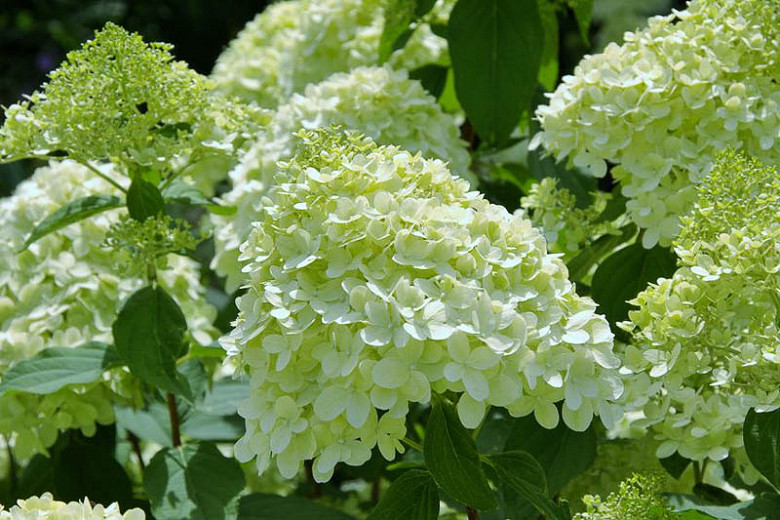
- Hydrangea macrophylla 'Endless Summer' is a reblooming hydrangea that is known for its long-lasting flowers. It can bloom from spring to fall, and it is a relatively easy plant to care for.
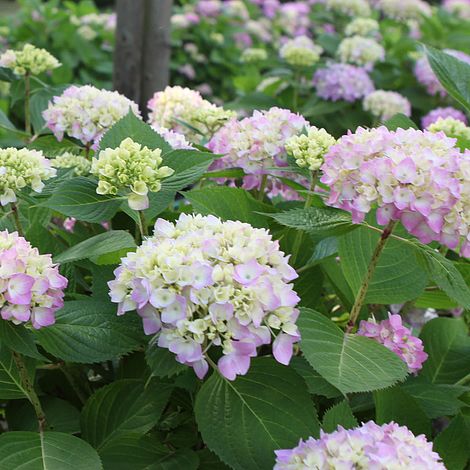
- Hydrangea arborescens 'Incrediball' is a large, mophead hydrangea that is known for its big, round flowers. It blooms in late spring to early summer, and it is a hardy plant that can tolerate a wide range of conditions.
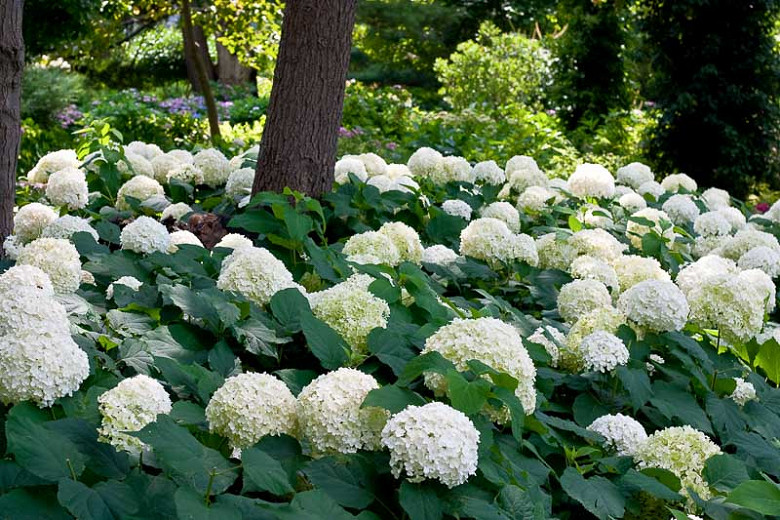
- Hydrangea quercifolia 'Snowflake' is an oakleaf hydrangea that is known for its large, white flowers. It blooms in late summer to early fall, and it is a hardy plant that can tolerate a wide range of conditions.
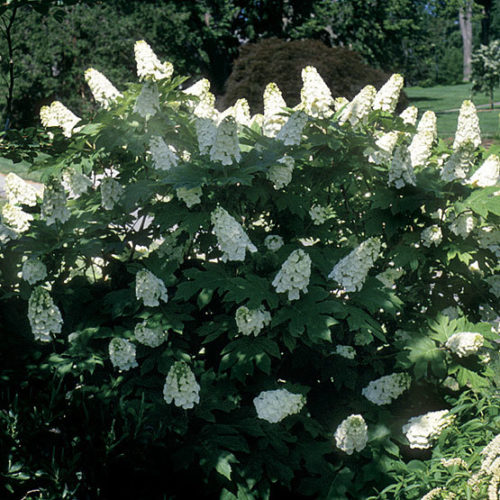
- Hydrangea serrata 'Tuff Stuff' is a lacecap hydrangea that is known for its compact size and its tough, drought-resistant leaves. It blooms in late spring to early summer, and it is a hardy plant that can tolerate a wide range of conditions.
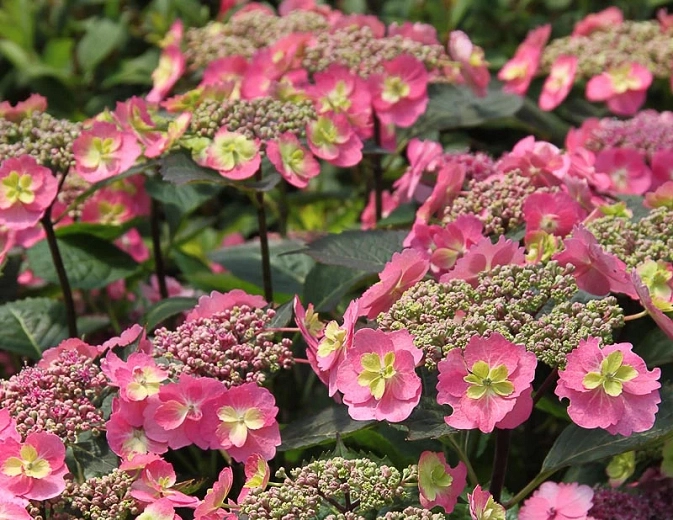
These are just a few of the best hydrangeas of 2023. There are many other great varieties to choose from, so be sure to do your research to find the perfect hydrangeas for your garden.
In addition to the above, here are some other factors to consider when choosing hydrangeas:
- Sunlight: Hydrangeas have different sunlight requirements, so be sure to choose a variety that is suited for your garden's location.
- Soil type: Hydrangeas prefer acidic soil, so if your soil is alkaline, you may need to add sulfur to lower the pH.
- Hardiness zone: Hydrangeas are hardy in different zones, so be sure to choose a variety that is suited for your climate.
- Size: Hydrangeas come in a wide range of sizes, so be sure to choose a variety that will fit in your garden.
- Color: Hydrangeas come in a variety of colors, so you can choose a variety that will complement the other plants in your garden.
With so many great hydrangea varieties to choose from, you're sure to find the perfect ones for your garden. So start planning your hydrangea garden today!
Hydrangeas are a beautiful and versatile plant that can add a touch of elegance to any garden. But with so many different types of hydrangeas available, it can be difficult to know which one is right for you.
That's where comes in. This website is a comprehensive resource for all things hydrangea, from plant care tips to a directory of the best hydrangeas for your climate.
Whether you're looking for a big, bold hydrangea to add drama to your landscape, or a smaller, more delicate variety for your patio, has the perfect hydrangea for you.
In addition to providing detailed information about different types of hydrangeas, also offers helpful articles on how to plant, care for, and propagate hydrangeas.
So if you're thinking about adding hydrangeas to your garden, be sure to visit first. You'll find everything you need to know to choose the right hydrangeas for your needs and keep them healthy and beautiful for years to come.
FAQ of best hydrangea
Q: What are the best hydrangeas for beginners?
A: Hydrangeas are generally easy to grow, making them a good choice for beginners. Some of the best hydrangeas for beginners include:
- Mophead hydrangeas: These hydrangeas have large, round flower heads that are typically blue, pink, or white. They are relatively easy to care for and can tolerate a variety of soil conditions.
- Panicle hydrangeas: These hydrangeas have tall, narrow flower clusters that can be pink, white, or green. They are a bit more drought-tolerant than mophead hydrangeas and can be grown in a variety of sun and shade conditions.
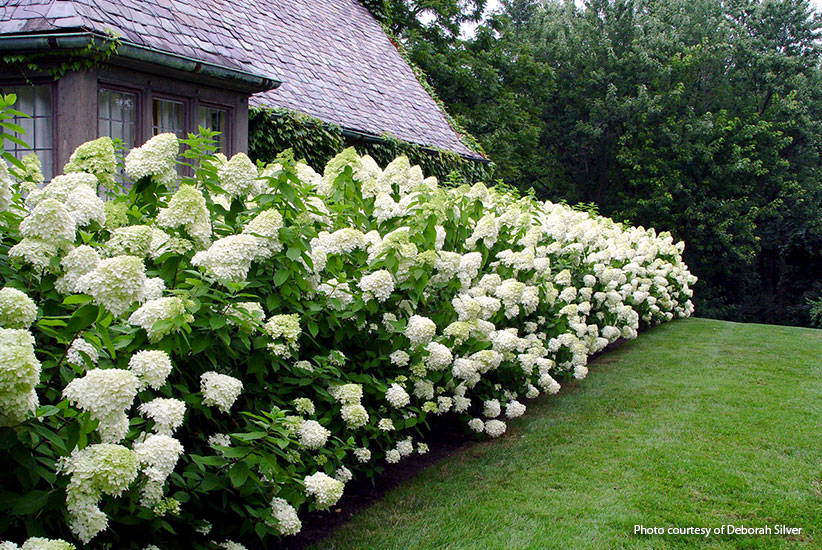
- Smooth hydrangeas: These hydrangeas have smaller, more delicate flowers than mophead or panicle hydrangeas. They are a good choice for smaller gardens or containers.

Q: What factors determine the color of hydrangea flowers?
A: The color of hydrangea flowers is determined by the acidity of the soil. In acidic soil, hydrangea flowers will be blue. In neutral soil, they will be pink. In alkaline soil, they will be white.
You can change the color of hydrangea flowers by adjusting the acidity of the soil. To make hydrangea flowers blue, add aluminum sulfate to the soil. To make hydrangea flowers pink, add lime to the soil.
Q: How do I care for hydrangeas?
A: Hydrangeas need well-drained soil, regular water, and some shade during hot summer days. They should be fertilized in the spring and fall.
Here are some specific tips for caring for hydrangeas:
- Water hydrangeas deeply once a week, or more often during hot, dry weather.
- Mulch around hydrangeas to help retain moisture and suppress weeds.
- Fertilize hydrangeas with a balanced fertilizer in the spring and fall.
- Prune hydrangeas in the late winter or early spring.
Q: How do I prepare hydrangeas for winter?
A: In most climates, hydrangeas do not need to be protected from winter. However, if you live in an area with cold winters, you may want to take some precautions.
Here are some tips for preparing hydrangeas for winter:
- Mulch around hydrangeas to help insulate the roots.
- Tie up the stems of hydrangeas to prevent them from breaking during heavy snow or ice.
- Protect young or tender hydrangeas with a burlap or plastic wrap.
Q: How do I keep cut hydrangeas from wilting?
A: Cut hydrangeas will wilt quickly if they are not properly cared for. Here are some tips for keeping cut hydrangeas from wilting:
- Cut the stems at an angle.
- Remove any leaves that will be below the water line in the vase.
- Fill the vase with room-temperature water.
- Add a flower preservative to the water.
- Change the water every 2-3 days.
Image of best hydrangea
5 different images of "best hydrangea" from Pinterest:
This type of hydrangea is known for its large, cone-shaped blooms that can grow up to 12 inches in diameter. It is a popular choice for landscaping because it is relatively easy to care for and can tolerate a wide range of conditions.
Mophead hydrangeas are another popular type of hydrangea. They are known for their large, round blooms that resemble pom-poms. They come in a variety of colors, including blue, pink, and white.
Smooth hydrangeas are a less common type of hydrangea, but they are still very beautiful. They are known for their small, delicate blooms that are often white or pink.
Tree hydrangeas are a unique type of hydrangea that grows in a tree-like form. They can grow up to 15 feet tall and have large, panicle-shaped blooms.
Limelight hydrangea is a popular variety of panicle hydrangea. It is known for its large, lime green blooms that turn pink in the fall.
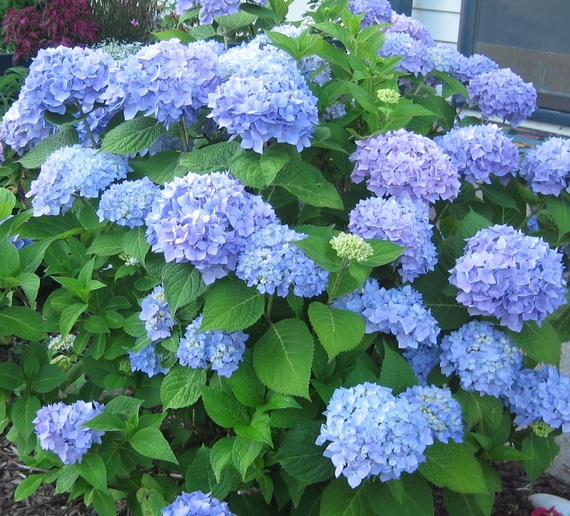
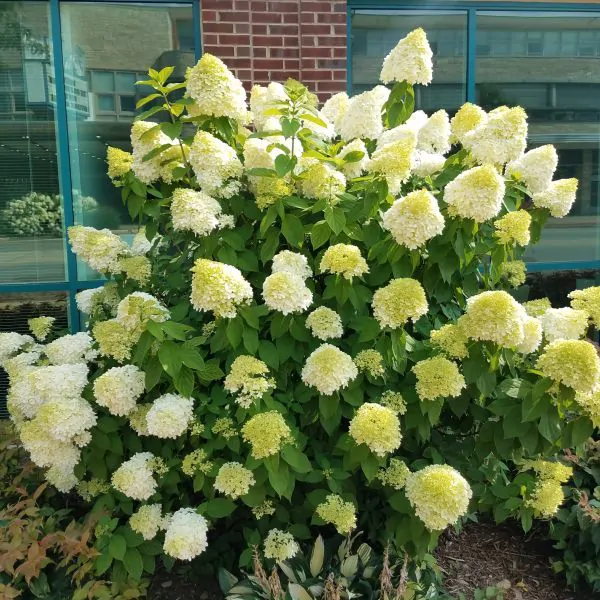
Post a Comment for "The Best Hydrangeas Of "